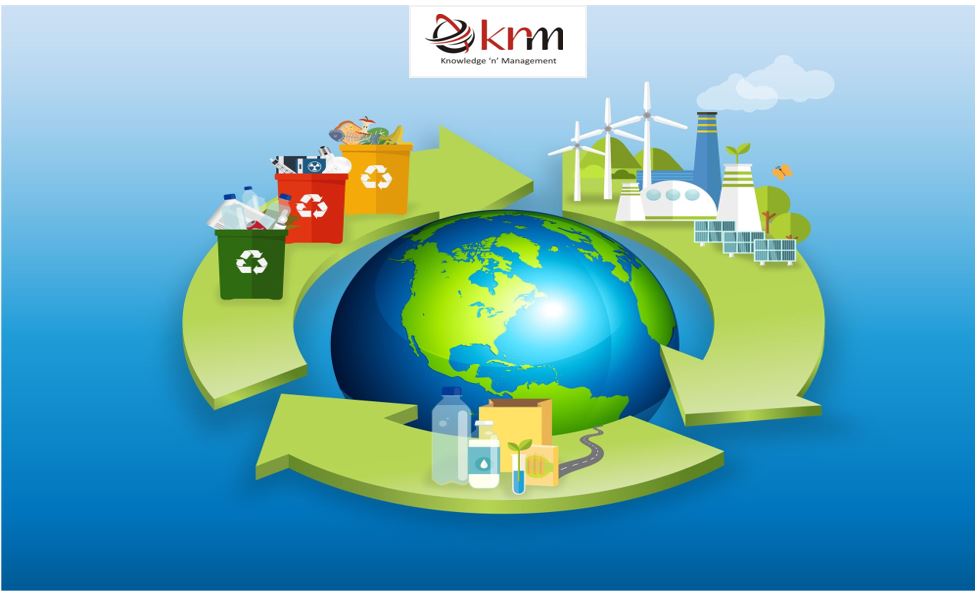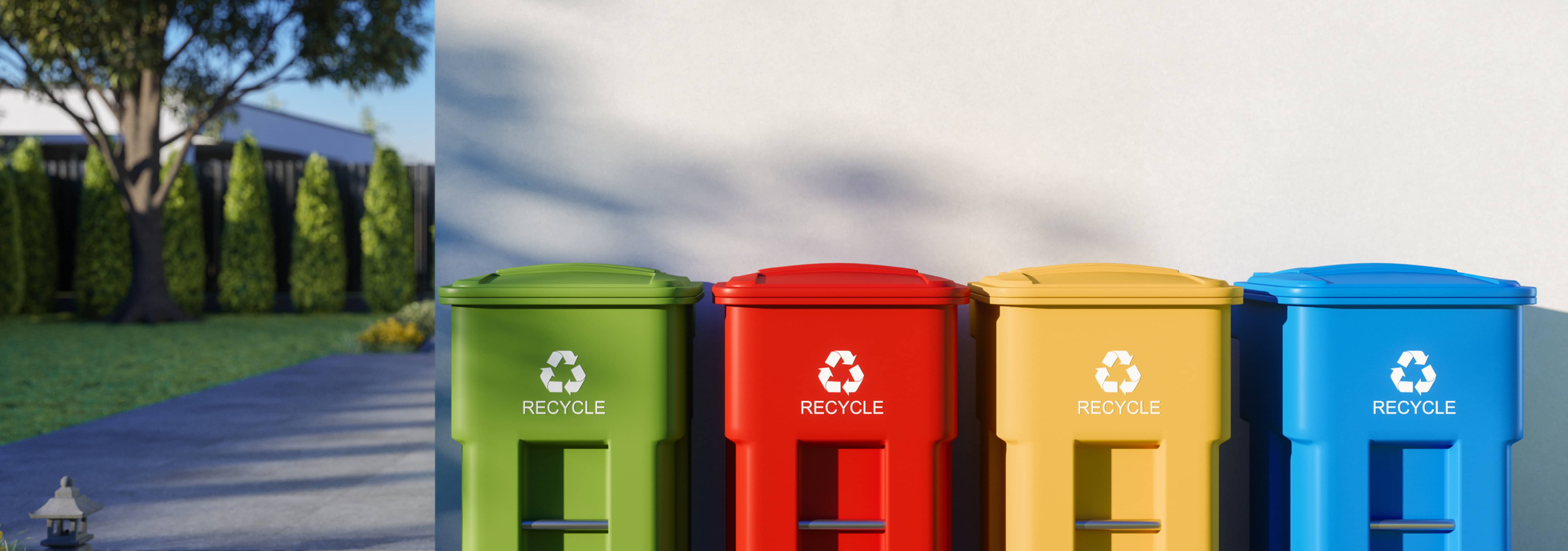The Effect of Recycling Lives Services on Communities and the Setting
The Effect of Recycling Lives Services on Communities and the Setting
Blog Article
Exploring Different Kinds of Waste in Modern Waste Monitoring Equipment
The modern landscape of waste monitoring includes navigating an intricate array of waste types, each requiring specialized handling and disposal approaches to minimize ecological impacts. Municipal strong waste, contaminated materials, digital waste, and natural waste each existing unique difficulties and opportunities for source recuperation. Ingenious options such as wise waste containers and waste-to-energy modern technologies are becoming important devices in boosting effectiveness and sustainability. Comprehending these waste kinds is important for fostering public recognition and motivating active engagement in sustainable practices. What strategies can efficiently deal with these diverse kinds of waste while promoting a circular economic situation?
Municipal Solid Waste
Local solid waste, commonly referred to as home garbage or garbage, incorporates a range of thrown out materials created by domestic, commercial, and institutional resources within a district. This waste stream typically includes things such as product packaging, food scraps, lawn trimmings, paper, plastics, textiles, and disposed of household products. The monitoring of local solid waste is an important part of metropolitan preparation and public wellness, necessitating effective collection, transport, and disposal systems.
Efficient waste management systems are designed to minimize environmental influence while optimizing source recuperation. This often involves a mix of strategies consisting of landfilling, composting, and recycling. Reusing programs target products like paper, glass, metals, and specific plastics, diverting them from garbage dumps and reestablishing them into the production cycle. Composting organic waste, such as food scraps and yard trimmings, not only lowers land fill usage but additionally generates useful soil amendments.
Districts need to additionally resolve the economic and logistical difficulties related to waste management. Applying pay-as-you-throw systems, improving public recognition, and investing in technology can dramatically enhance waste diversion rates. By integrating these practices, municipalities can cultivate lasting communities, decrease greenhouse gas discharges, and conserve natural deposits.
Hazardous Waste

Efficient unsafe waste administration involves a number of vital actions: recognition, therapy, segregation, and disposal. Segregation makes sure that hazardous materials are stored separately from non-hazardous waste to protect against cross-contamination.
Regulative frameworks, such as the Source Preservation and Recovery Act (RCRA) in the USA, supply standards and requirements for contaminated materials monitoring. Adherence to these policies, combined with developments in waste therapy technologies, is necessary in mitigating the dangers connected with hazardous waste.
Digital Waste
Digital waste, commonly described as e-waste, represents a rapidly growing difficulty in waste administration systems internationally. This kind of waste incorporates thrown out digital devices and devices such as smart devices, computers, televisions, and other digital home appliances. The rapid rate click here for more of technological advancement, paired with decreasing product lifespans and consumer need for the most recent gadgets, has actually tremendously boosted the quantity of e-waste created yearly.
E-waste is especially bothersome because of its complex composition, typically containing dangerous compounds like lead, mercury, and cadmium, which position substantial ecological and health dangers otherwise appropriately managed. On the other hand, e-waste additionally consists of valuable products such as silver, copper, and gold, which can be recouped and recycled. The double nature of e-waste-- both valuable and unsafe-- necessitates specialized handling, reusing, and disposal procedures.
Reliable e-waste monitoring involves rigorous regulatory frameworks, durable collection systems, and progressed recycling technologies. Public awareness and engagement are important, as incorrect disposal techniques, such as unlawful disposing and informal recycling, aggravate ecological contamination and wellness hazards. As a result, improving e-waste management practices is important for reducing ecological effect and recouping important resources in an increasingly digital globe.

Organic Waste
Organic waste, consisting of kitchen area scraps, lawn trimmings, and farming deposits, represents a considerable part of the global waste stream. This sort of waste is naturally degradable, meaning it can be broken down by bacteria right into easier organic compounds. Regardless of its potential for natural decomposition, incorrect administration of natural waste can result in adverse ecological effects, including the discharge of greenhouse gases such as methane, which contribute to environment change.
Reliable administration of natural waste is vital for reducing these ecological impacts (recycling lives services). Composting is a commonly adopted approach, changing natural waste into nutrient-rich compost that can boost dirt wellness and farming performance. Furthermore, anaerobic digestion is an arising technology that transforms organic waste into biogas, an eco-friendly power source, and digestate, which can be made use of as plant food
Municipalities and waste management entities should execute robust organic waste collection and treatment programs to take full advantage of the benefits of these procedures. Public education projects can additionally play a crucial duty in navigate here motivating families and businesses to separate natural waste from other types of waste. By focusing on the management of organic waste, cultures can minimize land fill use, lower greenhouse gas discharges, and create important by-products for agricultural use.

Ingenious Waste Management
In the realm of waste management, ingenious approaches are transforming exactly how societies manage their refuse, aiming for sustainability and performance. One famous advancement is the execution of smart waste containers equipped with sensors that keep track of fill degrees and maximize collection routes.
Another remarkable development is the adoption of waste-to-energy (WtE) innovations. By converting non-recyclable waste right into functional energy via processes such as incineration and anaerobic digestion, WtE minimizes garbage dump burden and offers a renewable energy resource. Moreover, improvements in chemical recycling allow for the break down of intricate plastics right into their original monomers, enabling the creation of new, top notch plastic products.
In addition, the round economic situation version is obtaining traction, emphasizing the layout of items and systems that focus on reusability and source efficiency. This all natural method motivates markets to reduce waste generation from the outset. Through these innovative methods, contemporary waste administration systems are not only resolving the instant challenges of waste disposal yet additionally paving the method for a more lasting future.
Conclusion
An extensive understanding of local solid waste, dangerous waste, digital waste, and natural waste, coupled with the implementation of cutting-edge waste management solutions, is vital for mitigating environmental influences. Incorporating technologies such as wise waste bins and waste-to-energy systems can boost performance and sustainability. Reliable waste administration strategies not just foster source recuperation however additionally promote public awareness and engagement, ultimately adding to the growth of a round economic situation.
The modern landscape of waste administration involves browsing an intricate variety of waste kinds, each requiring specialized handling and disposal techniques to alleviate ecological effects. Municipal strong waste, hazardous waste, electronic waste, and organic waste each existing distinct challenges and chances for resource recuperation.Electronic waste, generally referred to as e-waste, represents a swiftly expanding difficulty in waste monitoring systems globally. Via these innovative methods, contemporary waste monitoring systems are not just addressing the immediate challenges of waste disposal however additionally leading the method for an extra lasting future.
An extensive understanding of metropolitan strong waste, unsafe waste, electronic waste, and natural waste, combined with Check Out Your URL the implementation of innovative waste management solutions, is critical for mitigating environmental impacts. (recycling lives services)
Report this page